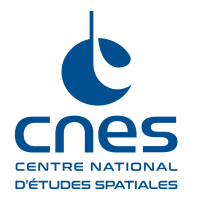Réalisé par l’ESA, en partenariat avec un consortium scientifique dirigé par la Suisse, CHEOPS est un télescope spatial dédié à l'observation détaillée d'exoplanètes.
Informations essentielles
| Mission | Explorer en détails les exoplanètes déjà connues |
|---|---|
| Domaine CNES | Sciences |
| Date de début | Lancement le 18 décembre 2019 |
| Partenaires | ESA et de nombreux pays européens (Allemagne, Autriche, Belgique, Espagne, Hongrie, Italie, Portugal, Royaume-Uni, Suède et Suisse) |
| Lieu | Orbite circulaire héliosynchrone à 650-800 km |
| Durée | 3,5 ans minimum |
| Statut du projet | En exploitation |
Chiffres clés
- 32 cm : diamètre du télescope
- 500 à 1000 : étoiles observées
- 1600 mm focale du télescope
- 273 kg : masse du satellite
Dates clés
- Octobre 2023 : Prolongation de la mission de 2 ans par l’ESA
- 18 décembre 2019 : Lancement de CHEOPS par Soyouz
- Avril 2018 : Assemblage de l’instrument sur la plateforme en Espagne
- Décembre 2017 : Assemblage de l’instrument scientifique à Berne, en Suisse
- 19 février 2014 : Adoption de la mission par l’ESA
- 19 octobre 2012 : Sélection de CHEOPS par l’ESA dans le programme Cosmic Vision
Le projet en bref
Le télescope européen CHEOPS (CHaracterising ExOPlanet Satellite) recherche la présence de ''mini-éclipses'' (transits) dans les courbes de lumière d’étoiles déjà réputées héberger des exoplanètes. Les exoplanètes ainsi détectées, dont plusieurs sont de type super-Terres (moins de 10 masses terrestres), sont analysées finement : taille, masse, densité, structure, mais aussi présence d’une atmosphère.
Sélectionnée dans le cadre du programme européen Cosmic Vision 2015-2025, la mission CHEOPS est proposée et pilotée scientifiquement par l’Université de Berne. Elle s'inspire de la mission européenne CoRoT réalisée sous maîtrise d’œuvre du CNES à laquelle elle emprunte le principe (méthode des transits) et les techniques de mesure. Les méthodes de traitement des données brutes au sol qui produisent des courbes de lumière « nettoyées » des divers bruits et biais, sont fournies par le LAM (Laboratoire d’Astrophysique de Marseille), comme pour CoRoT, avec le soutien du CNES.
Au cours des trois ans et demi d’exploitation prévus, CHEOPS devrait observer entre 500 et un millier d’étoiles proches.
Rôle du CNES dans le projet
CHEOPS succède à la mission CoRoT du CNES dont elle s’inspire, et le CNES soutient les laboratoires français impliqués dans la mission.
Contact CNES
Responsable thématique Exobiologie, Exoplanètes et Protection Planétaire
Christian MUSTIN
Courriel : christian.mustin at cnes.fr
Actualités du projet



